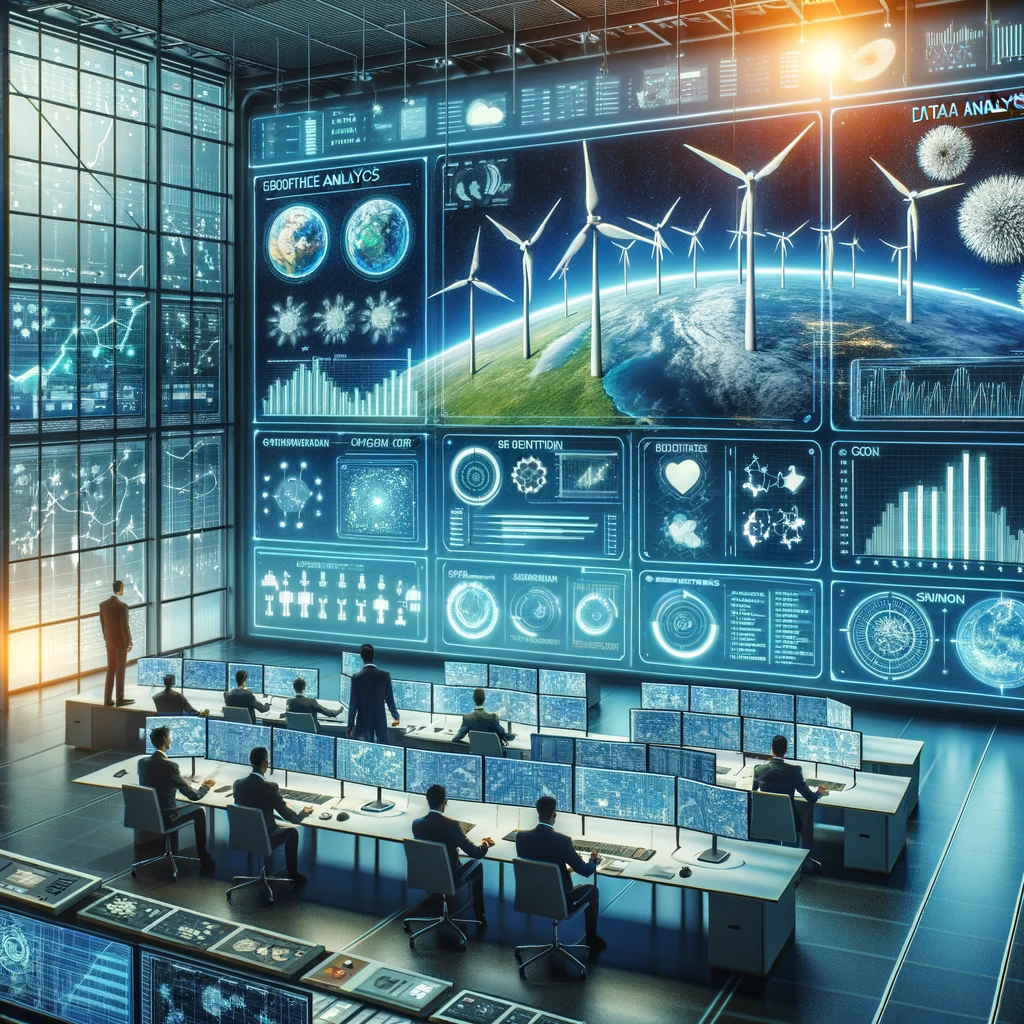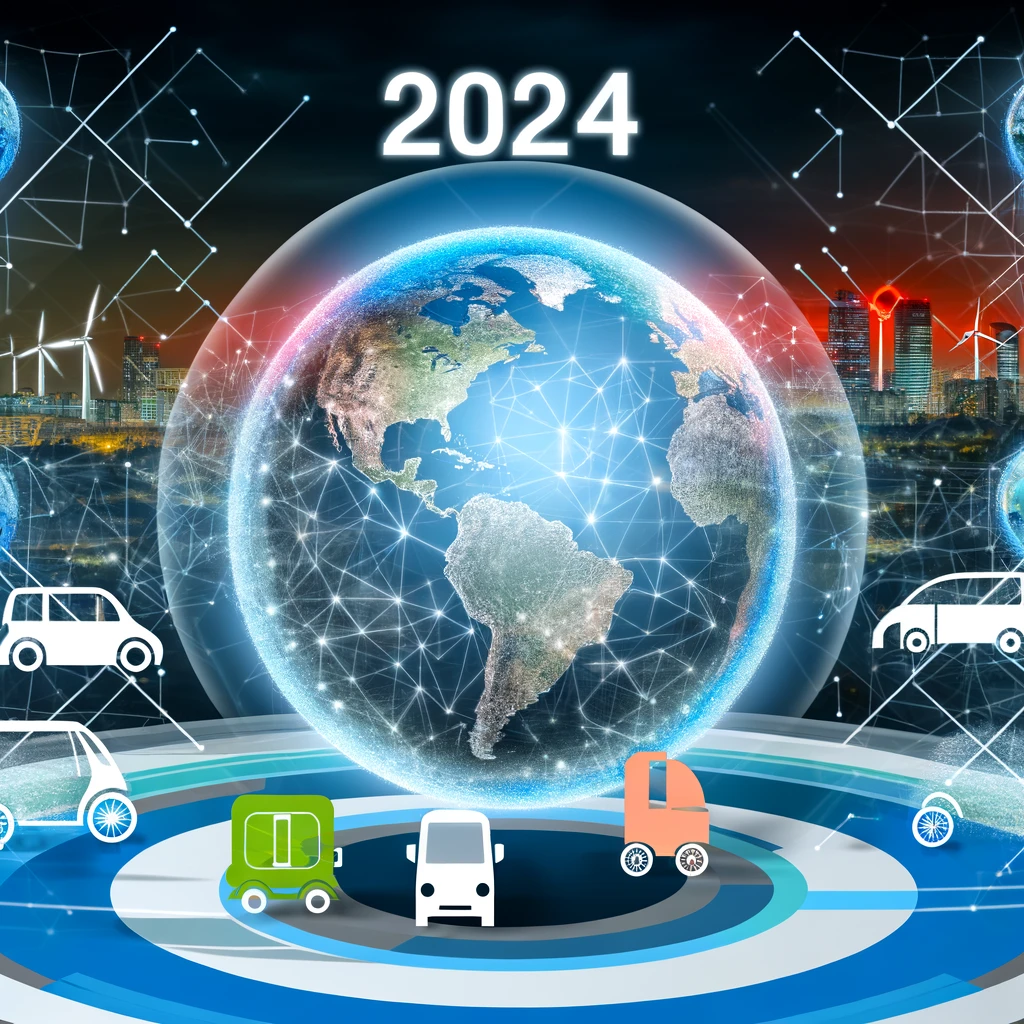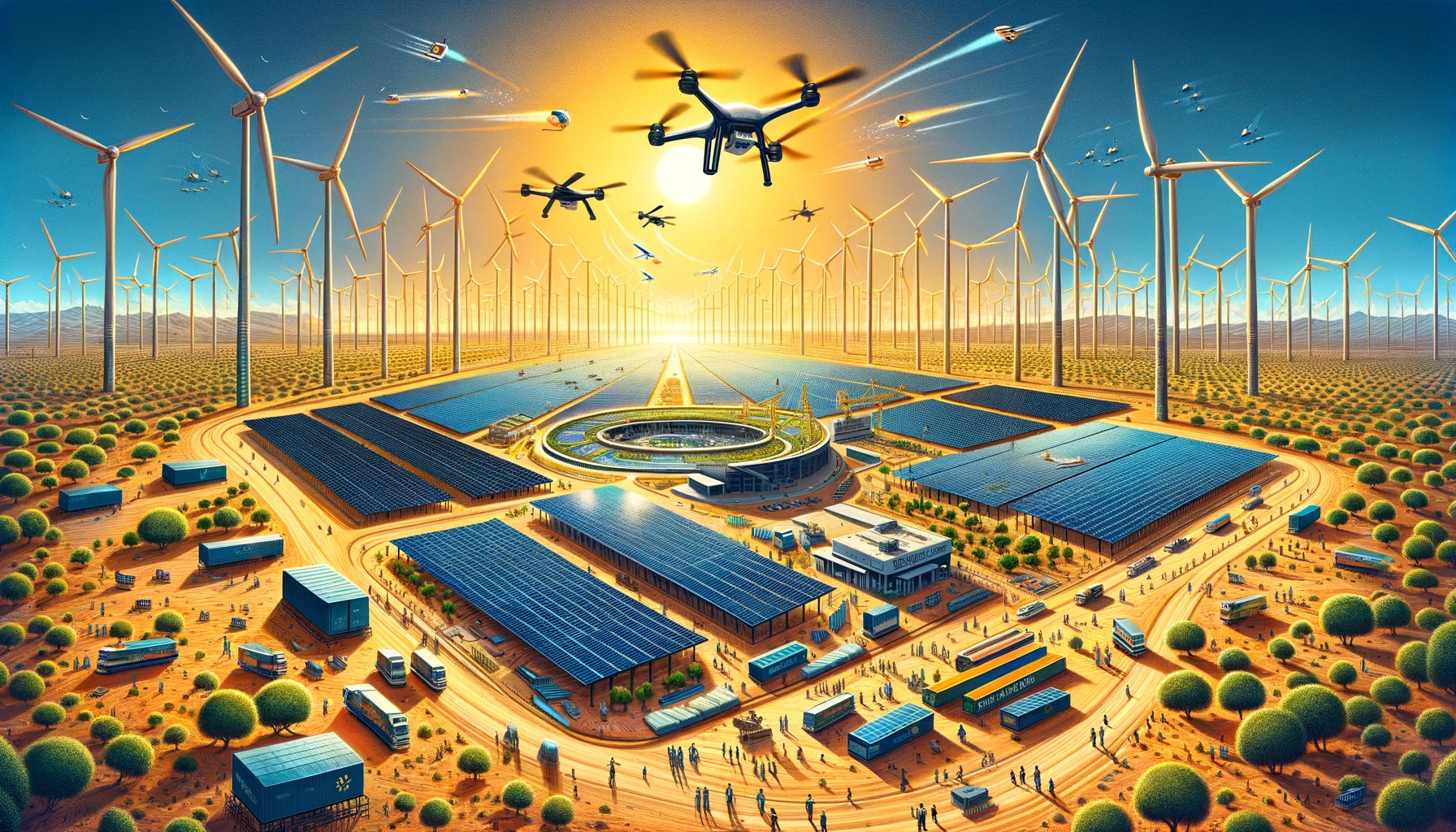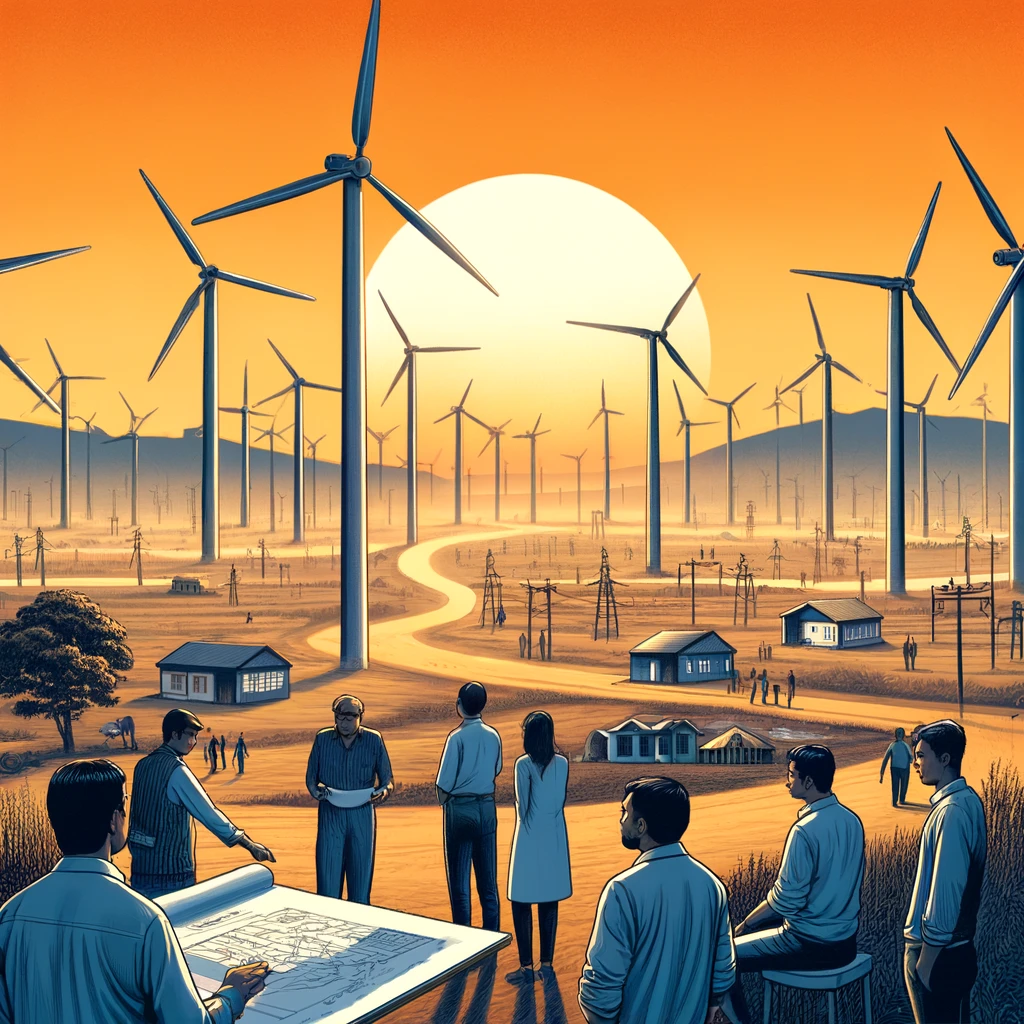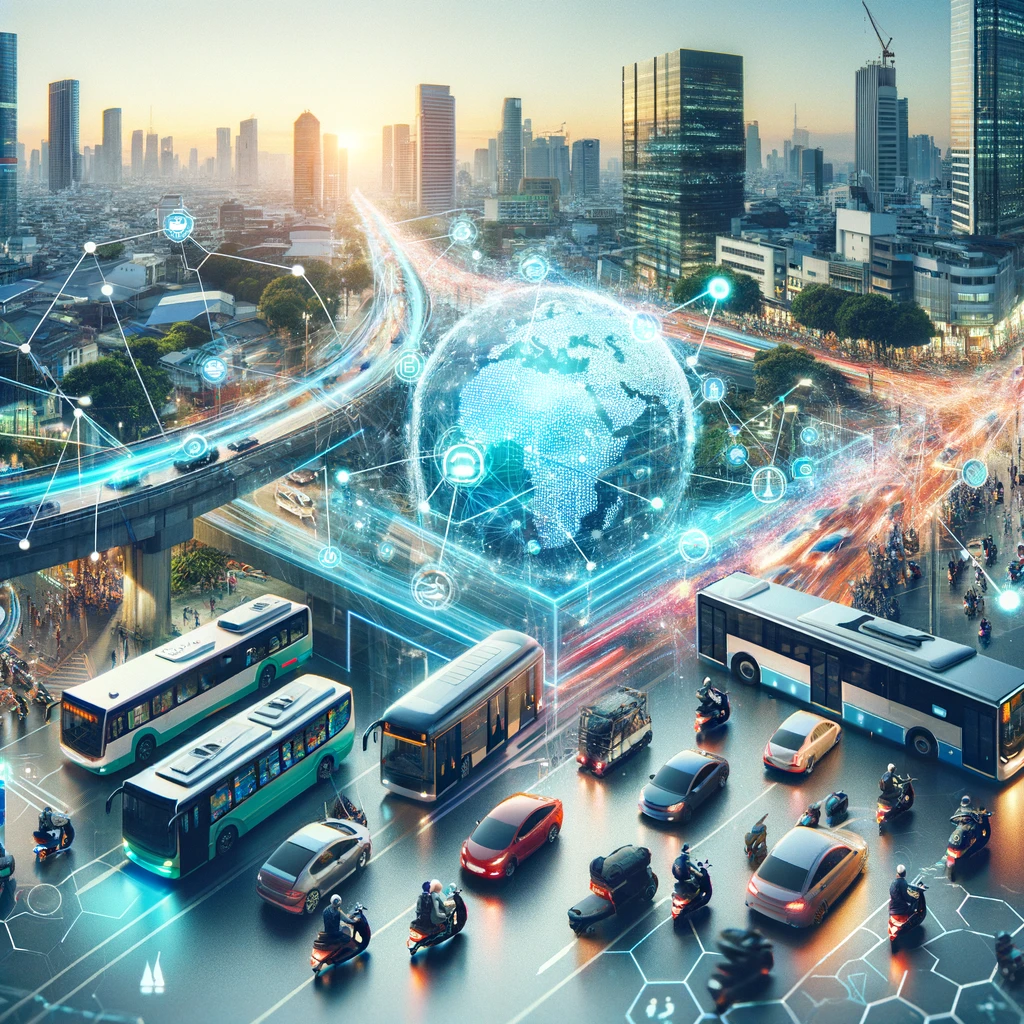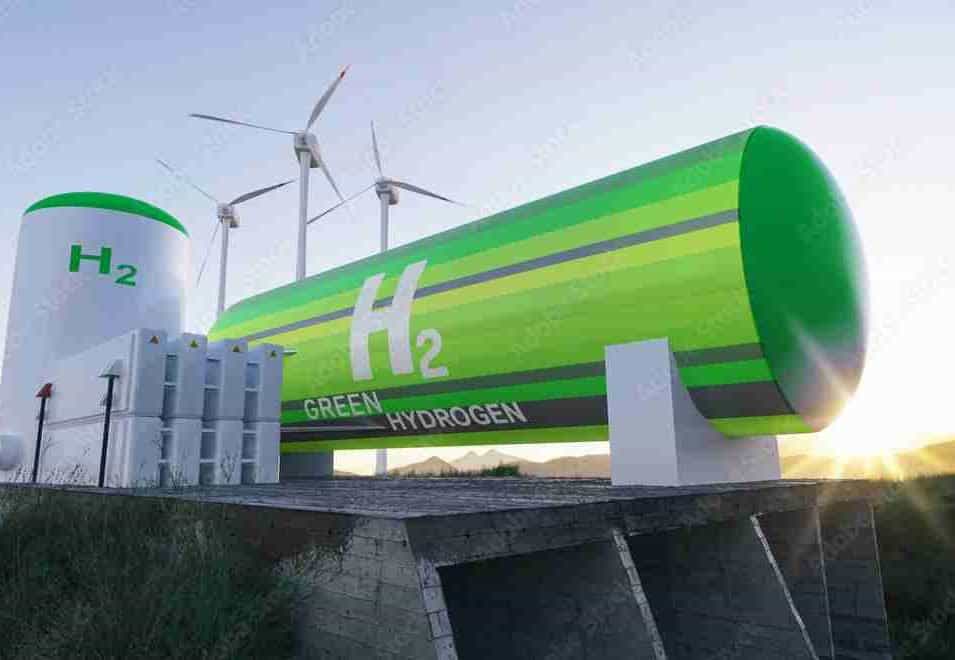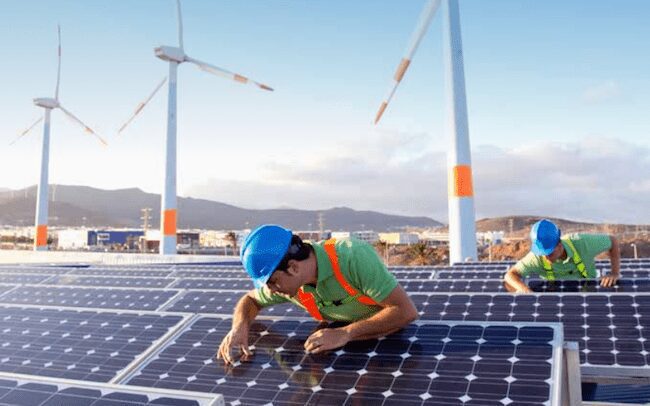In the expansive and ever-evolving world of renewable energy, staying ahead of technology trends is not just advantageous—it’s imperative. As we steer towards a more sustainable future, the concept of a “digital twin” has emerged as a groundbreaking tool in the arsenal of renewable energy technologies. This digital doppelgänger, a dynamic virtual model of a physical system, is revolutionizing how we design, monitor, and maintain renewable energy sources. In this blog post, we will explore the significance, applications, and future prospects of digital twins in the renewables sector.
Understanding Digital Twins
A digital twin is a high-fidelity digital replica of a physical entity, process, or system that can be used for various purposes including simulation, analysis, and control. This technology leverages data from sensors installed on physical assets to produce a simulated model that updates and changes as its physical counterpart changes. The richness of the data involved allows for real-time diagnostics, predictive analytics, and enhanced decision-making processes.
In industries like manufacturing and automotive, digital twins have been used to improve operations and maintenance significantly. However, their use in the renewable energy sector promises not only to enhance efficiency but also to pioneer new paths to sustainability.
Why Digital Twins for Renewable Energy?
1. Enhanced Performance Monitoring and Maintenance
For renewable energy assets such as wind turbines and solar panels, performance efficiency is paramount. Digital twins enable continuous monitoring and analysis of data across a wide array of parameters. This means that instead of scheduled maintenance, renewable energy operators can move toward predictive maintenance models. Faults can be detected before they occur, and maintenance can be conducted as needed, which significantly reduces downtime and increases the efficiency and lifespan of these assets.
2. Optimized Energy Production
By simulating weather conditions and the physical responses of renewable assets, digital twins can predict and optimize energy production. This capability is crucial, particularly for integrating renewable energy sources into the existing grid. For example, by knowing in advance the potential energy yield of a wind farm, grid operators can make more informed decisions about balancing energy loads, which enhances grid stability and efficiency.
3. Innovative Design and Development
The design and placement of renewable energy systems can be optimized using digital twins. For instance, by creating a digital twin of a wind farm, engineers can simulate and analyze different configurations and their impacts on energy production. This allows for the design of more efficient blades, optimal turbine placement, and overall better wind farm layouts before any physical construction begins.
4. Training and Simulation
Training operational staff is another area where digital twins shine. They provide a risk-free environment for training on complex systems, including the handling of emergency or unusual situations. This not only enhances safety but also ensures a high level of preparedness and operational confidence.
Case Studies: Digital Twins in Action
– Wind Farms
One striking example is a European wind farm operator that implemented digital twins to optimize its operations. The digital twin enabled the company to model wind conditions and turbine responses accurately, leading to a 5% increase in energy output and a significant reduction in unplanned maintenance costs.
– Solar Energy
In the solar sector, a major player used digital twins to monitor and analyze the performance of photovoltaic panels across different geographies. This resulted in a detailed understanding of environmental impacts on solar efficiency and led to the development of more durable and efficient photovoltaic materials.
Challenges and Considerations
Despite the vast potential, the integration of digital twins in the renewables sector faces several challenges. The high initial cost of setting up comprehensive sensor networks and the computational power required to run sophisticated simulations are significant barriers. Additionally, concerns about data security and the need for skilled personnel capable of managing and interpreting complex datasets cannot be overlooked.
The Future of Digital Twins in Renewables
As we look to the future, the role of digital twins in renewable energy is set to expand dramatically. With advances in AI and machine learning, digital twins will become even more intelligent, predictive, and integral to managing renewable assets. This evolution will also be supported by more robust data analytics platforms and increased connectivity through the Internet of Things (IoT).
Moreover, as the global emphasis on sustainability intensifies, the potential for digital twins to contribute to more efficient and higher-performing renewable energy systems becomes even more significant. Governments and industries worldwide are beginning to realize the benefits of this technology, leading to increased investment and research into new and innovative applications.
Conclusion
Digital twins represent a fusion of the physical and digital worlds, offering a powerful tool for the renewable energy sector to enhance performance, optimize production, and innovate in design. As this technology matures, its potential to transform the renewable energy landscape is immense. By adopting and investing in digital twins, the renewables sector can not only increase its efficiency and output but also lead the charge towards a more sustainable and technologically advanced future. In this era of digital transformation, embracing digital twins is not just an option—it’s a necessity for those looking to thrive in the competitive and fast-paced world of renewable energy.
